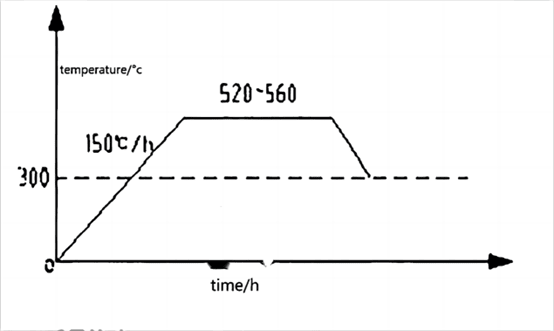Abu Bakar
Petroleum
- Dec 5, 2018
- 5
Hello,
I am currently in the middle of a project where I will need to weld a twistlock to my foundation beam. The beam is in S355JR grade, but I just found out today that the twistlock bracket is of a material ZG20SiMn, which I am very unfamiliar of. From my online research, I found out it is from China GB/T standard, hence not really common grade used worldwide.
My welding procedure is not covering this material, before I go to the extent of considering to qualify new welding procedure, I would like to know more about the material in term of it's chemical properties, mechanical properties, general application, it's equivalent to more common standard (EN/ABS/ASTM/DNV), etc.
Would appreciate a lot any insight regarding this material, or at least the reference that I can refer to.
I am currently in the middle of a project where I will need to weld a twistlock to my foundation beam. The beam is in S355JR grade, but I just found out today that the twistlock bracket is of a material ZG20SiMn, which I am very unfamiliar of. From my online research, I found out it is from China GB/T standard, hence not really common grade used worldwide.
My welding procedure is not covering this material, before I go to the extent of considering to qualify new welding procedure, I would like to know more about the material in term of it's chemical properties, mechanical properties, general application, it's equivalent to more common standard (EN/ABS/ASTM/DNV), etc.
Would appreciate a lot any insight regarding this material, or at least the reference that I can refer to.



